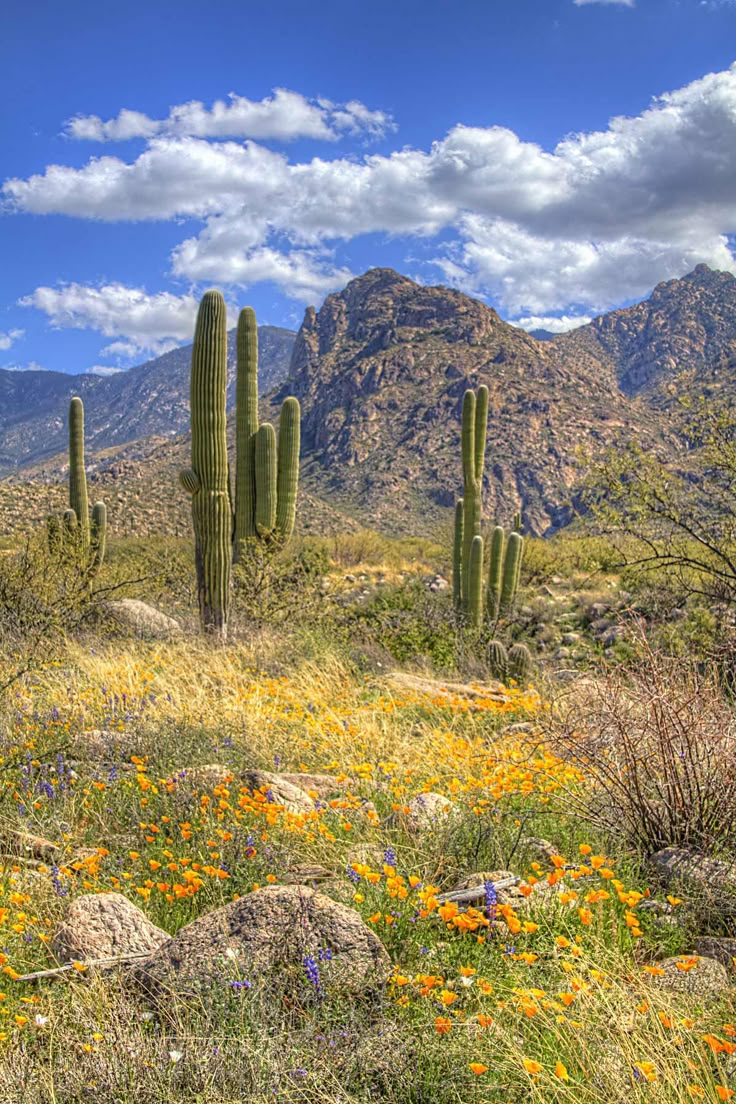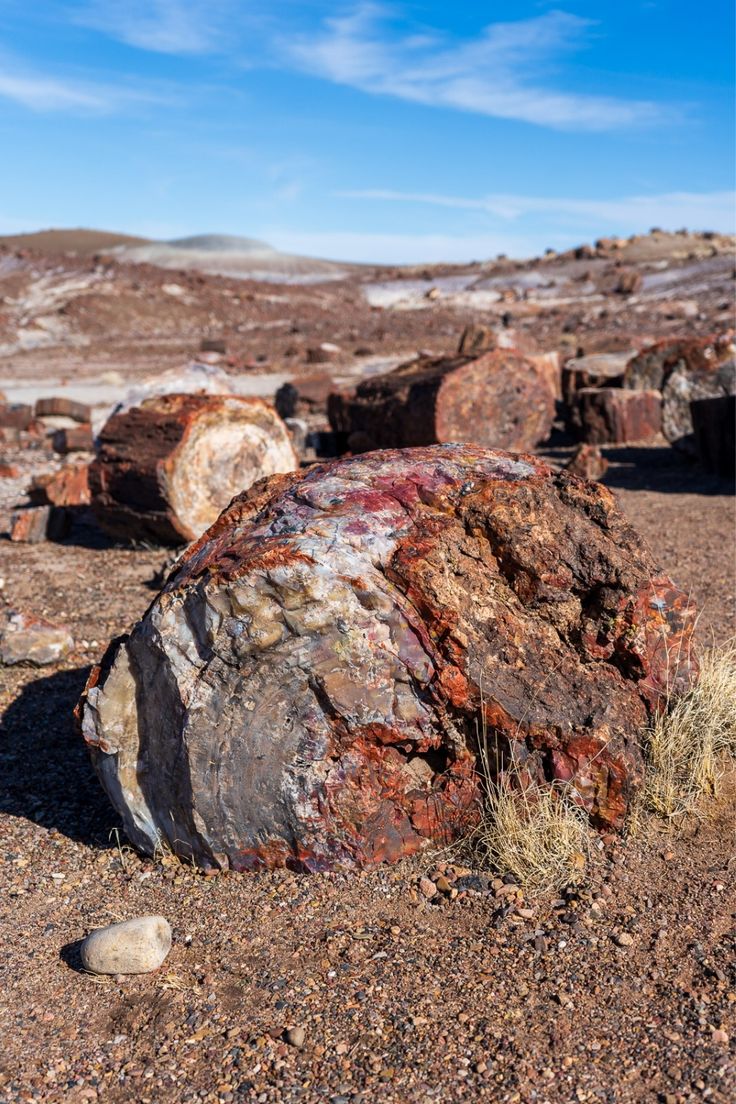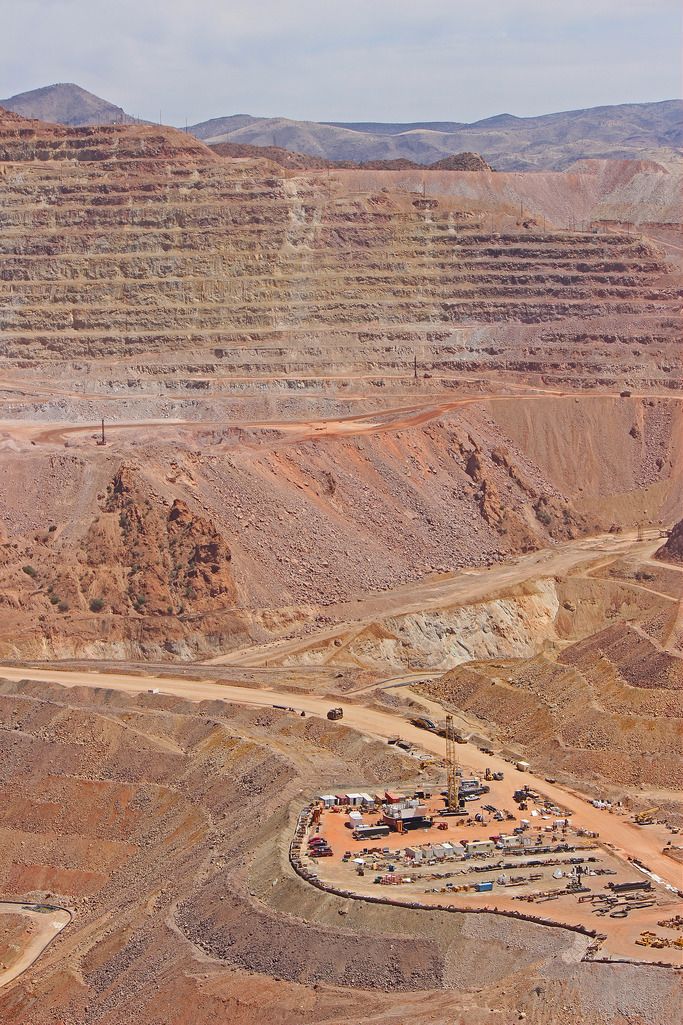About Cave Creek, Arizona
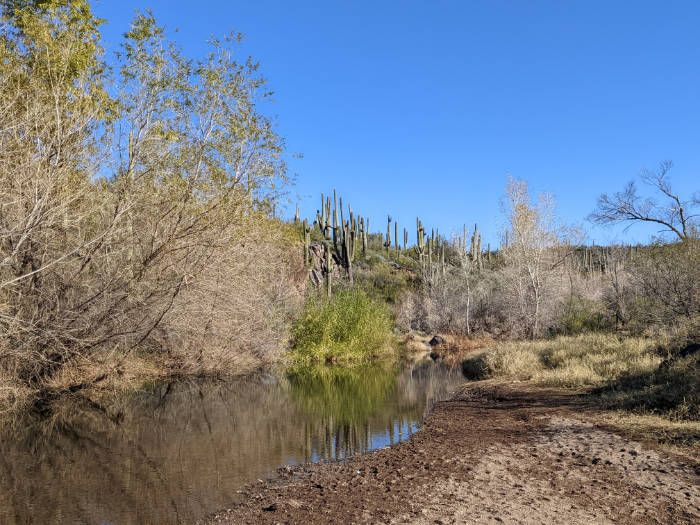
Cave Creek is located in Maricopa County, northeast of Phoenix. Although a growing population, you can explore the mountains of the Creek for red jasper stones. Cave Creek's geology is dominated by Precambrian rocks, which are some of the oldest rocks in North America, and making it home to world-famous red jaspers, agates, rose quartz, and chalcocite.
Cave Creek is named after the cave next to the creek the town was founded on. The town is historical for gold mining during the 1800's by prospectors and miners from the Bradshaw Mountains.This was a period of gold rush, and though not as popular as some other gold rush in America, there were still a significant number of people coming down to hunt for placer golds from the streams and surrounding creeks.
The Golden Reef Mine established in the late 1800s and operated until the early 1900s, was well known for mining ore deposits with significant amounts of gold, silver, and copper. Although mining activities have reduced, till date, there are still gold prospecting activities going on in the Creek especially the Black Canyon Creek, Bradshaw Mountains, and the Cave Creek regional park. With time, there were more discoveries of other minerals like red jasper, fire agates, and rose quartz.
This is one of the best rockhounding sites in Arizona, as there are a variety of crystals and minerals to collect here. If you ever find yourself rockhounding in Arizona, Cave Creek is a good place to visit. But before going, here is all you need to know before heading to this area. Let's delve in already!
What Can Be Found in Cave Creek
While rockhounding in Cave Creek, there are a variety of minerals and crystal rocks you can explore and collect, making it a rewarding rockhounding experience.
- Jasper: A common or dominant find in Cave Creek is the red jasper; which forms when quartz crystals become cemented together. The red color is caused by the presence of iron oxide impurities during the process of formation. It occurs in an undefined shape and is used in jewelry and ornamental objects. Metaphysically, it has healing properties and is said to ward off negative energy.
- Agates: A variety of chalcedony and a form of quartz that occurs in a wide range of beautiful colors. You will mostly find fire agates, distinguished by their iridescent colors and fire-like flashes. Commonly used in jewelry and spiritually used to attract positive energy.
- Rose Quartz: Another mineral to look out for is the rose quartz. A pink-hued variety of quartz, made of silicon dioxide. It takes up this color due to the presence of titanium, iron, or manganese during composition. This crystal is mostly used in jewelry and decorative materials. And said to bring healing to the wearer.
- Gold: You can also find traces of gold flakes in Cave Creek. The area is still open for gold prospecting as there are still leftlover deposits on the streams and creeks. If you want to visit for gold panning, ensure you study the laws guiding the area.
Other minerals you might find include: thundereggs and chalcocite.
The best time to rockhound in Cave Creek is after rainfall because the rainwater washes away some of the loose dirt, revealing collectible gemstones.
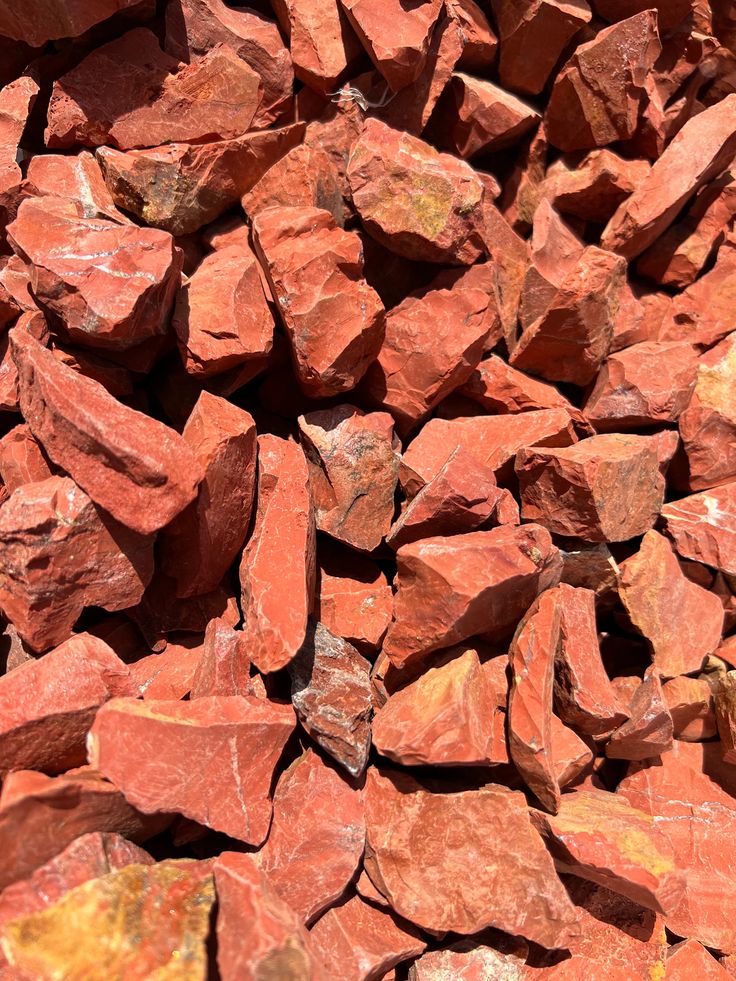
Red Jasper
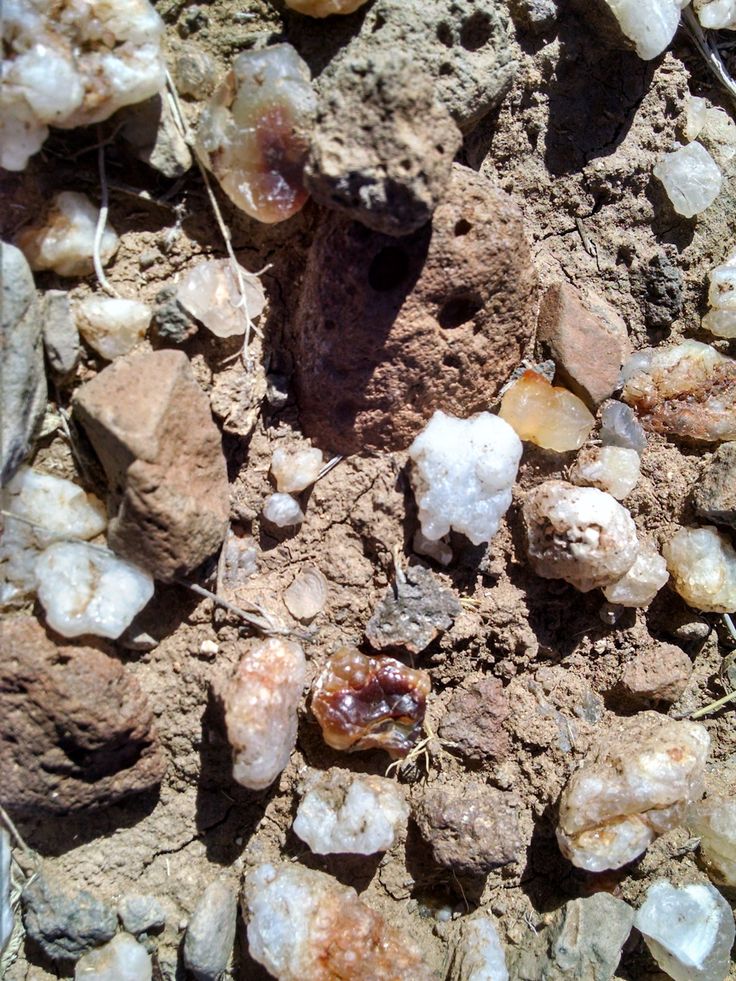
Fire Agate
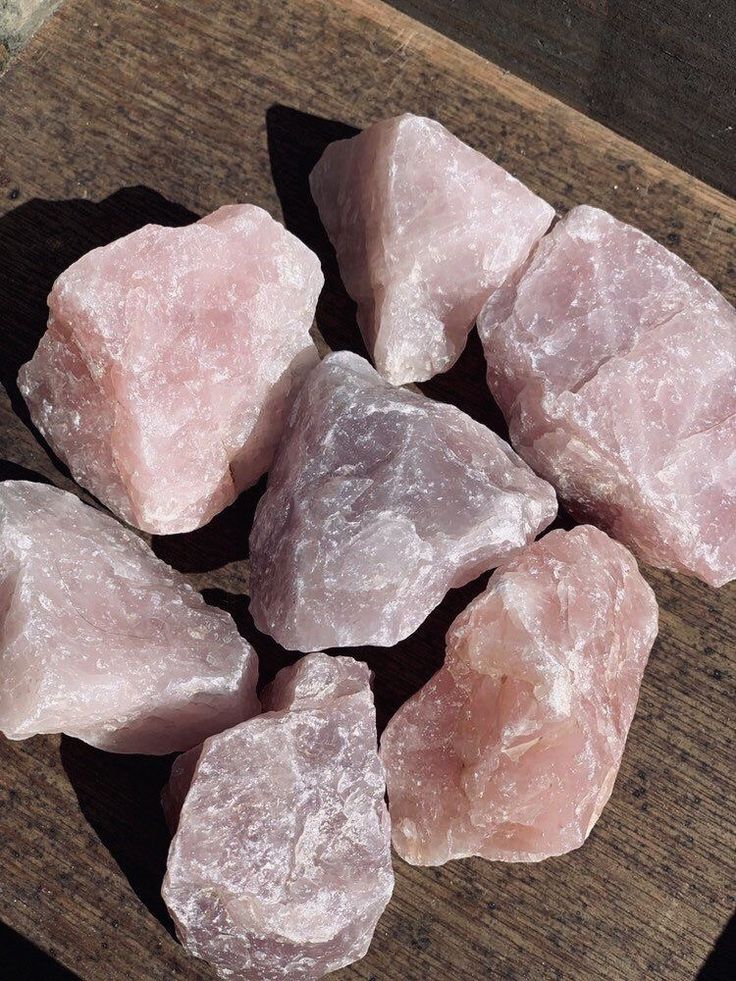
Rose Quartz
Rockhounding Locations in Cave Creek
There are other waterways close to the town, and going wth no direction can be quite difficult. It is therefore important to know where to hunt. When you visit Cave Creek, here are the directions you can follow to find a variety of rocks.
- West of Cave Creek: The coordinates are '33.817775, -111.988531'. You will most likely find red jasper stones in this location.
- Southwest of Cave Creek town: The coordinates are '33.782371, -111.997915'. You will find fire agates, jasper stones, and rose quartz.
- Red Rover Mine: This mine is within the vicinity of cave creek, close to Tonto National Forest. This mine has a history of underground mining operations from 1870s, especially the mining of gold, and copper ore.
- Area around Go John Mine: Here you will find Gold, Silver, Copper, Red Jasper, Rose Quartz.
- Black Canyon Creek: On the south of Cave Creek is the Black Canyon Creek, known to contain gold. The Creek still has some gold prospecting potentials, and it won't hurt to check it out if you find yourself rockhounding in Cave Creek. However, ensure you follow all rules and regulations guiding gold prospecting in this area.
- Mountains of Cave Creek: A sure location to find red jasper stones is on the mountains of Cave Creek.
Location of Cave Creek
Cave Creek is located in Maricopa County, Arizona, at coordinates 33.828611° N, -111.954722° W, with an elevation of approximately 648 meters (2,126 feet). The area is easily accessible by car and offers several entry points through nearby highways. The creek to visit for rockhounding is in Cave Creek town; 30 miles north of Phoenix.
To get there, you have to take Highway 101 north from Phoenix, then follow Highway 74 east to the town of Cave Creek. If you are taking a bus, the line 44 bus to Deer Valley Road and then take the taxi to Cave Creek town.
Once in town, you can access the creek and surrounding mountains through one of the trails in the area. You can stop by at the Cave Creek Regional Park for further enquiries and get any necessary permission needed to rockhound in the area.
The area is surrounded by desert landscapes, rugged terrains, and mountains. Explore its diverse geology and find a variety of mineral rocks such as; rose quartz crystals, agates, and red jasper deposits.
Recommended Gear and Tips
When visiting Cave Creek, be prepared to collect a lot of rocks and crystals. Here are some tools that will be useful to you:
- Helmet: A helmet to protect your head from injury in the mountains and shade you from the sun.
- Rock Picks and Chisel: To easily dismantle rocks, you need a good rock pick or chisel.
- Shovel or trowel: This will help with digging out buried rocks or stones in the sand.
- Pry bar: You will need a pry bar to dislodge rocks
- Bucket: A bucket is a required tool, it comes in handy to help you store your collections and rock specimens.
- Bag: Bring along a decent sized bag or backpack to pack your gear, and other rock specimens you collect while rockhounding.
- Safety Glasses: This will help you protect your eyes, especially when you are dislodging rocks.
- Gloves: Protect your hands with a sturdy glove to avoid injuries while picking rocks.
Rockhounding Tips for Cave Creek
Keep these tips in mind for a fun and safe rockhounding trip in Cave Creek.
- Permission: Land owned and managed by BLM and USFS is open to the public for rockhounding, but restricted to only 25 pounds a day and 250 pounds per year. Check with the local districts or authorities, so you will not rockhound on lands with private claims. Only hunt for rocks on public lands.
- Tools: You are only required to bring hand tools; no mechanical equipment allowed.
- Safety: Stay safe while rockhounding here, and beware of the wildlife lurking around. You might encounter wasps and other flying insects while hunting for rocks,
- Fill Holes: If you dig for rocks and create a hole, remember to fill those holes.
- Weather: The creek is best visited during sunny weather. Wear a helmet or a cap to shield you against the sun if you go during sunny weather.
- Map and Gudiebooks: Before going, carry along a map to help you navigate the terrains. You can get a digital map before going. Drop a pin on the location your car is parked, so you can easily find your way back after rockhounding.
- Fill up your car tank with enough gas, so that you will not run out, and get frustrated.
Learn more about rockhounding in Cave Creek here.
Recommended Gear
Other Sites in Arizona
Arizona also has other interesting sites you can explore for rockhounding purposes. Here are some other sites you can explore for gemstones and crystal rocks.
Guidebooks For Arizona
Arizona is famous for its beautiful gemstones, like copper, jasper, and peridot, as well as other gems. If you want to dive deeper into the state's unique rockhounding history and gemstones, these guidebooks are excellent resources




